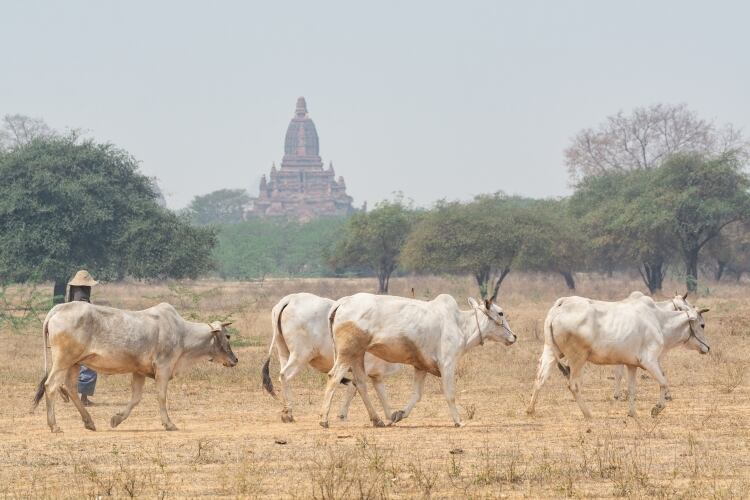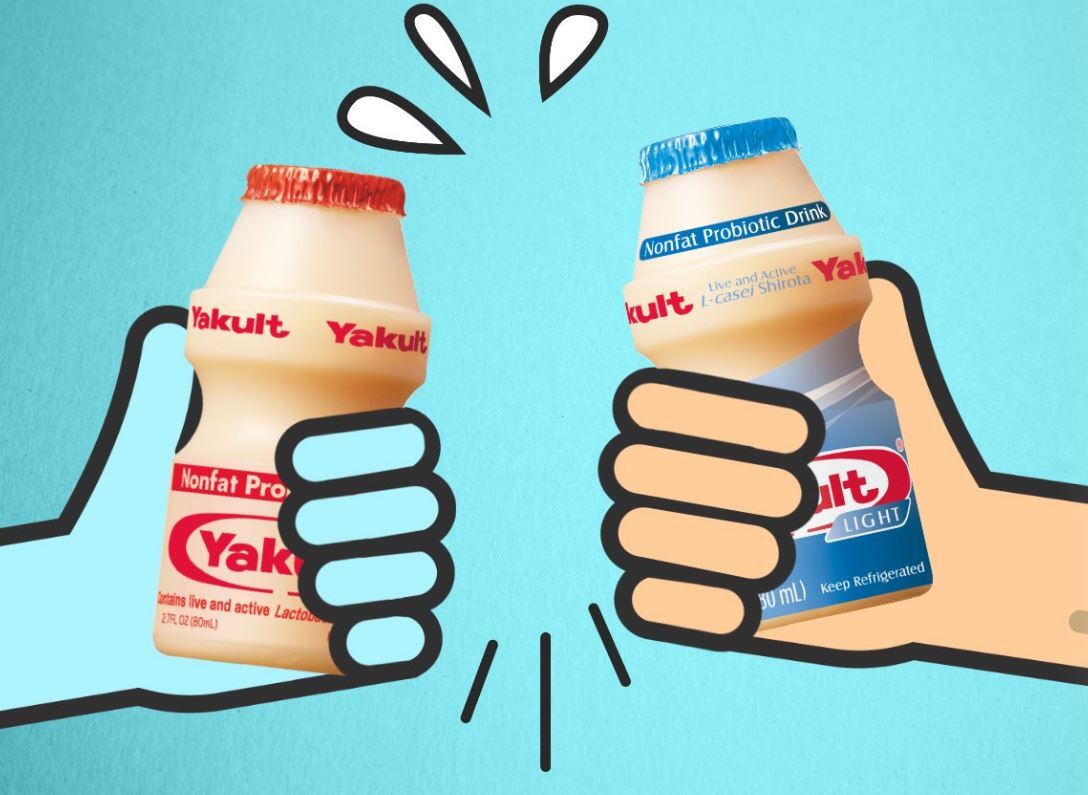There’s GDP growth hovering around the 6.5-7% mark. It is home to a bristling, entrepreneurial middle class, which is starting to understand better about health. It has a significantly young population with a median age that is in its childbearing prime. And there is already a national milk habit—albeit one that centers on milk- and butter-laden ancillary products.
What it doesn’t have, though, is the wherewithal to produce nearly enough milk and dairy to supply all these young, increasingly wealthy and dairy-demanding yuppies. This is gradually changing, however.
Myanmar imports six times more dairy products than it produces itself. To address this, former President U Thein Sein implemented seven dairy production farms in Nay Pyi Taw, Mandalay and Yangon with the help of New Zealand, which has also been providing assistance to small cattle farms across the country as part of an aid project.
The US$6m Myanmar Dairy Excellence Project project began in 2014 and is currently under a period of transition, having achieved many of its goals.
Funded and initiated by the Ministry of Foreign Affairs and Trade, it set out to develop a profitable and competitive local dairy industry that provides good livelihoods for farmers and safe food for consumers.
Broad in scope, a large part of the project is to provide information to farmers on how they can improve farm profitability, production, animal welfare and milk quality.
High cost of production coming down
Traditionally, Myanmar dairy farmers tie up their cows under the shade of trees and leave them to chew on rice straw, an extremely poor quality feed. This is often topped up with expensive concentrate feeds, resulting in a high cost but low-quality diet.
“Myanmar dairy farms produce, on average, about 10 liters of milk per cow per day, far below a dairy cow's potential production,” says Shaun Snoxell, the project’s dairy advisor.
“The typical farm system is increasingly becoming unprofitable, as feed prices increase and milk prices are pushed down by imports and artificial creamers. These traditional farms also often have some real animal welfare issues.”
Workers like Snoxell spend a great deal of their time on the road around Myanmar, visiting the project’s “focus farmers” and running village-level discussion groups. Their hope is that these focus farmers will benefit from improved farm management, and then act as demonstration farms within their own communities.
Rather than pushing to grow cow numbers and milk yields, Snoxell and his colleagues have been promoting changes that increase a farm’s overall profit, while also considering the needs of the family and the wider community.
The project’s focus farms saw a 19% increase in their profit margins between August 2017 and last February, with the bulk of the increase coming from farmers who have adopted the practices it recommends.
Among these recommendations is using low-cost, high-quality tropical forages such as Mombasa grass and sorghum to improve cow nutrition.
The tropical grass can be cut for fodder every 19 days during the summer, and is half the price of rice straw. It contains 60% more energy and twice the protein of the traditional straw.
“Only improved cow nutrition can lead to increased milk yield, faster heifer growth rates, better cow reproductive performance, and better animal welfare,” said Snoxell.
“Good animal husbandry practices, calf rearing, hygienic milking, feed management, and silage making are also critical for a profitable farm of any scale. In addition, the project considers the environmental impact of the farms, promoting nutrient retention systems to minimize effluent pollution and reduce fertilizer requirements.”
Decreased GHG
In addition, an independent report by AgResearch, New Zealand’s national research agency, suggests that the greenhouse gas footprint decreased 27% per liter of milk produced for a baseline farm within the project.
Myanmar has also received help to ensure a high and consistent quality of milk from the FAO. This includes educating breeders on the use of equipment, such as replacing plastic milk buckets with aluminium ones, ensuring the availability of pasture lands and taking steps to improve hygiene.
Eye-catchingly, the FAO and the International Atomic Energy Agency have been helping with the genetic improvement of native cattle breeds through radioimmune assay (RIA) and artificial insemination applications to increase milk production while retaining their adaptability to the local environment and tolerance to diseases.
RIA of hormones in milk, blood and other body fluids using iodine-125 is an often-used nuclear technique that can be easily performed in decentralized laboratories. It provides support in improving outcomes of artificial insemination services. Several nuclear-derived enzyme-linked immunosorbent assay kits have been developed, using the RIA as a standard, and are now commercially available, also as mobile test kits.
Myanmar’s government has prioritized dairy farming and would like to see the number of dairy cows increase significantly from just 500,000 today, according to Ok Kar Soe, head of the Animal Genetic Upgrading and Research Centre, which has been supported through equipment, training and hands-on advice by the FAO and IAEA.
Historically, cattle were used for ploughing fields. Being draught animals that can work long hours, most of the indigenous animals are not particularly productive when it comes to milk production.
The genetics laboratory has characterized these local varieties and developed a program to breed cows that are able to produce more milk, Soe explained. As a result of support from the United Nations agencies, the lab’s capacity to produce frozen semen has increased more than fivefold and now provides for 32,000 artificial inseminations every year. It has also developed a gene bank with a large repository of frozen semen.
There is still a long way to go before Myanmar can produce more milk than it imports, but the ratio is narrowing little by little. There are other issues, such as competition from imported dairy products such as condensed milk, which dwarfs fresh milk in a country where, on average, everyone drinks more than two cups of milky tea a day.
But international efforts to grow the nascent dairy industry are having an impact, and perhaps eventually it will boom. There is the demand, and one day there will be sufficient supply.



